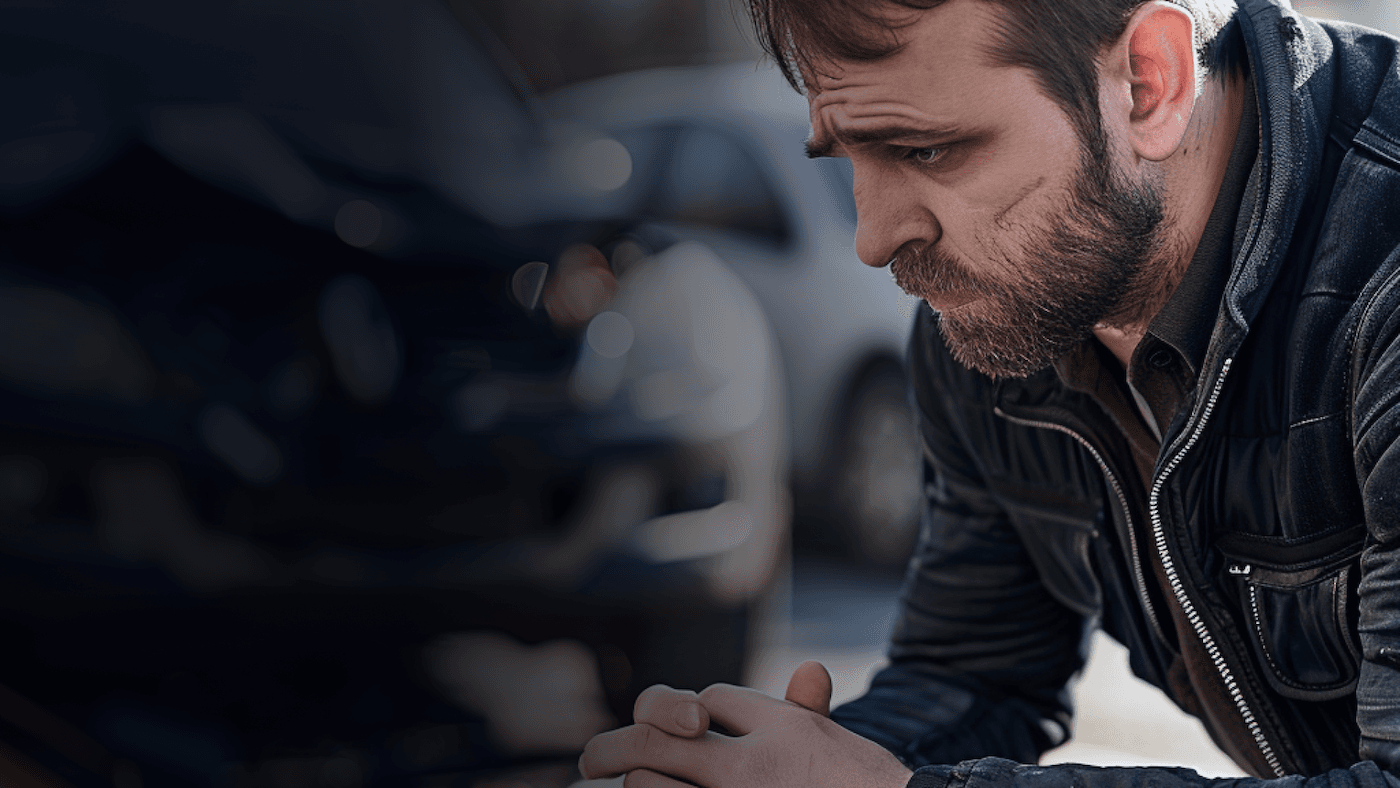
Elder Abuse: Recognizing the Signs and Taking Action
Elder abuse includes physical, emotional, sexual, financial abuse, and neglect. Recognizing signs and taking action is crucial for protection.
Our Network of Attorneys Are Recognized by the Best
Elder abuse, a critical yet often underreported issue, poses a significant threat to the health and dignity of elderly individuals. It encompasses various forms of mistreatment, including physical, emotional, sexual, and financial abuse, as well as neglect. Recognizing the signs of elder abuse and understanding how to take action are essential steps in protecting our aging population. This article aims to shed light on these signs and offer guidance on effective interventions.
Recognizing the Signs of Elder Abuse
Elder abuse can manifest in numerous ways, each with its own set of warning signs. Being vigilant about these signs is the first step in identifying and addressing potential abuse.
- Physical Abuse: Unexplained injuries such as bruises, burns, or fractures; frequent use of emergency services; and reports of drug overdoses or apparent failure to take medication regularly as prescribed can all be indicators.
- Emotional Abuse: Signs include withdrawal from normal activities, a sudden change in alertness, unusual depression, or frequent arguments with the caregiver or others.
- Sexual Abuse: Bruises around the breasts or genital area, unexplained sexually transmitted diseases, or unexplained vaginal or anal bleeding are alarming signs.
- Financial Abuse: Sudden changes in financial situations, such as unexplained withdrawal of large sums of money, addition of names to the senior’s bank signature card, or sudden changes in a will or other financial documents, can indicate exploitation.
- Neglect: Poor hygiene, unattended medical needs, bedsores, and significant weight loss without an illness-related cause are signs of neglect.
Taking Action Against Elder Abuse
Once abuse is suspected, taking swift and appropriate action is crucial to protect the elder from further harm.
- Start a Conversation: If you suspect elder abuse, gently approach the elder to express your concerns. Ensure the conversation is private and secure to make them feel safe and supported.
- Report the Abuse: Each country or region has specific procedures for reporting elder abuse. Familiarize yourself with local services and hotlines dedicated to elder abuse reporting. In the United States, the National Elder Abuse Hotline can be reached at 1-800-677-1116.
- Document the Evidence: Take notes and, if possible, photograph any physical signs of abuse. This documentation can be crucial for investigations.
- Seek Professional Help: Consider contacting professionals who can offer help, including social workers, lawyers, or doctors. They can provide guidance and intervention strategies to protect the elder effectively.
- Legal Intervention: In cases of severe abuse, contacting law enforcement or legal professionals may be necessary to ensure the elder's safety and to take legal action against the abusers.
Prevention and Education
Preventing elder abuse requires a community-wide effort. Educating caregivers, healthcare professionals, and the public on the signs of elder abuse and the importance of respectful and compassionate care can contribute significantly to reducing incidences. Advocacy for stronger protections and support systems for the elderly is also crucial.
Elder abuse is a grave concern that demands attention and action. Recognizing the signs and understanding how to intervene can save lives and protect the well-being of our elderly population. It's imperative to foster a culture of care and respect for the elderly, ensuring they live their golden years in safety and dignity. Let's all be vigilant and proactive in the fight against elder abuse.




